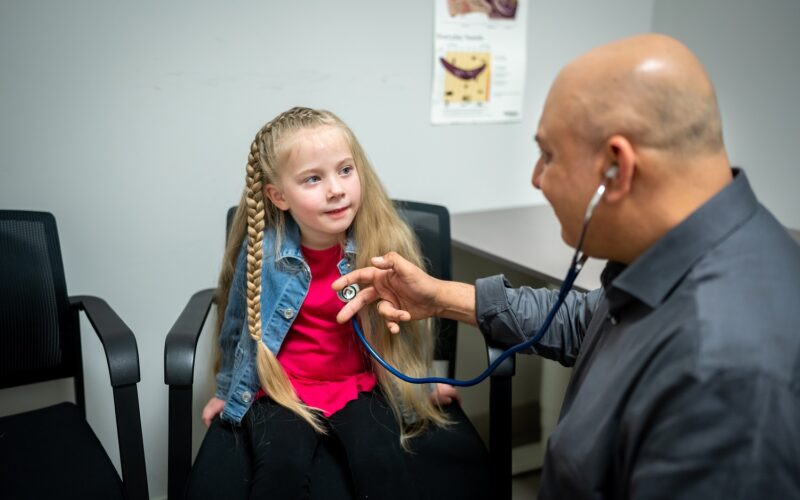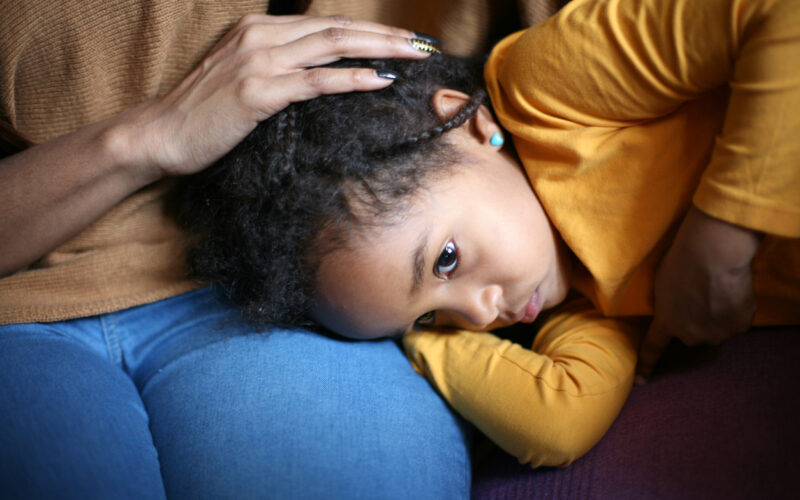At birth, babies can’t see as well as older children or adults. Their eyes and visual system aren’t fully developed but significant development occurs during the first few months of life.
These developmental milestones mark early vision development and the progress of your child as they grow. You can use this list to help you decide if you need to talk to a health care professional about your child.
If you have concerns about your child’s vision, contact an optometrist who works with young babies and children.
Development Milestones
Talk to your health care professional immediately if you notice any of the following:
- haziness or whitish appearance inside the pupil.
- does not make eye contact with you by three months of age.
- does not watch or follow an object with the eyes by three months
- frequent “wiggling,” “drifting,” or “jerky” eye movements
- misalignment between the eyes by three months (eye turns or crossing of the eyes)
- swollen or encrusted eyelids
- bumps, sores or styes on or around the eyelids
- drooping eyelids
- lack of coordinated eye movements
- drifting of one eye when looking at objects
- turning or tilting of the head when looking at objects
- squinting, closing or covering of one eye when looking at objects
- excessive tearing when not crying
- excessive blinking or squinting
- excessive rubbing or touching of eyes
- avoidance of or sensitivity to bright lights
Resources to Help Your Child Early Vision Development
Child Development Webinar – Explains developmental milestones and how to know if your child needs additional support.


